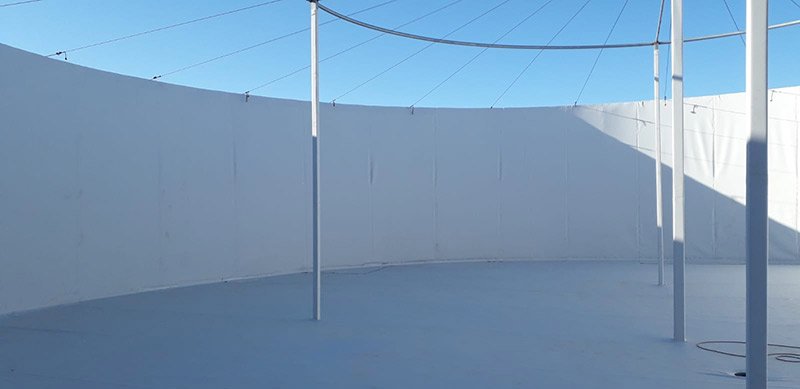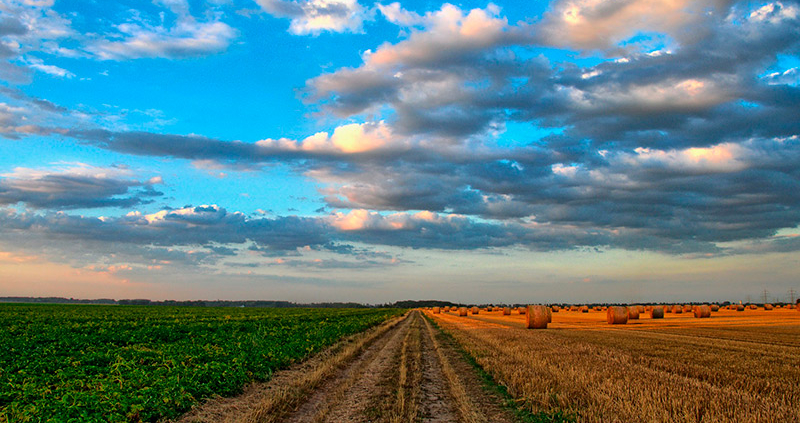Water, an essential resource for crop production, is an increasingly scarce asset, while the area devoted to crops continues to grow due to the progressive increase in the world’s population.
Only in Spain, according to data published by the Ministry of Agriculture, Fisheries and Food, the total irrigated area has increased by 1.08% in 2018 compared to the previous year, and 3.25% compared to 2016 , reaching almost 3.8 million hectares.
And, if we consider that to produce a kilogram of wheat (including straw and grain), it is necessary to consume about 450 liters of water, and that a person’s food requires 0.23 hectares and 3,000 liters per day for its production, we realize the enormous amount of water that must be used for agricultural use.
Globally, 11% of the land area is intended for agricultural use, and it is responsible for 70% of water withdrawals. The water destined for agricultural use is obtained from rivers, lakes, wells, sewage treatment plants, and by seawater desalination processes, as well as from water reservoirs or rafts in those places where a constant flow is not available.
It is in the rafts and deposits where it is very important that the water contained is in the best possible conditions, without external contamination, and without leaks that cause a decrease in its content, or damage to the surrounding space.
To avoid these leaks, the ideal product is a PVC membrane, as being manufactured from virgin resins they guarantee constant characteristics and optimum durability, while also having a high level of watertightness even under permanent deformation, which guarantees the waterproofing of the system despite structural changes, cracks, etc …
In SINTEC we offer waterproofing solutions with the most demanding quality guarantees, for all types of roofs, roofs, tunnels, galleries, civil works, reservoirs and swimming pools.

Sintec Urdin PVC sheets are also the ideal solution for this type of installation due to their lightness, and quick installation, being perfectly weldable with hot air even after several years after the installation.
Source: Ministerio de Agricultura, Pesca y Alimentación, Wikipedia, iagua.es y Naciones Unidas



